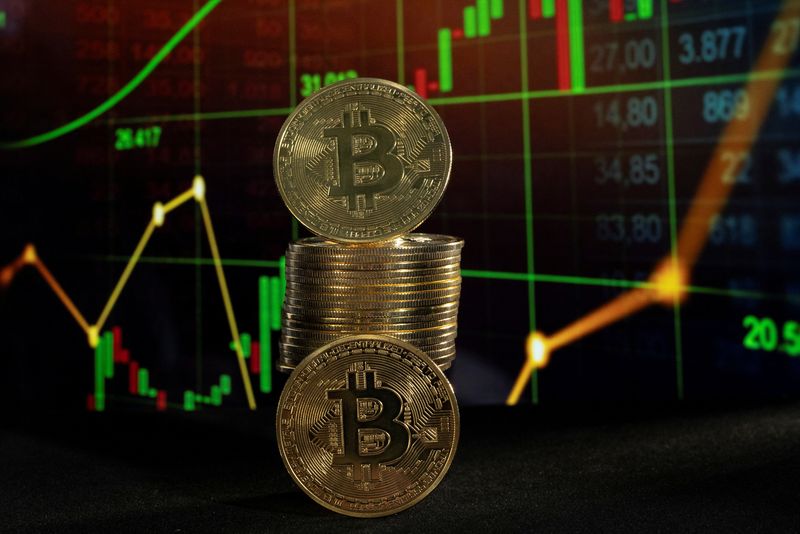
(Bloomberg) — Bain Capital-backed Kioxia Holdings Corp. is setting its indicative IPO price at ¥1,390 per share, the latest attempt to capitalize on Japan’s stock market renewal.
Most Read from Bloomberg
The memory maker plans its Tokyo Stock Exchange debut on Dec. 18, with Bain and Toshiba Corp. planning to sell into the initial public offering, according to the company’s filing to the Finance Ministry.
Kioxia will issue new shares as part of its IPO in a bid to raise a net ¥27.7 billion ($180 million). The company will decide on the provisional terms of its offering on Dec. 2 and its offer price on Dec. 9, the filing said.
“Given global attention on semiconductor-related companies, we have high hopes,” Japan Exchange Group Inc. Chief Executive Officer Hiromi Yamaji said at a regular news conference on Friday.
Kioxia eyes a listing at a value of about ¥750 billion, Bloomberg reported. While that’s less than half the price at which the memory maker was sold six years ago, the IPO, along with Tokyo Metro Co.’s $2.3 billion listing in October, signals heightened appetite for new listings in Japan.
Kioxia’s IPO, which uses a new framework designed to speed up the process, follows years of delay during which the technological gap between Kioxia and leader Samsung Electronics Co. widened. The listing would help Kioxia ramp up capacity as it fights to remain relevant in the capital-intensive memory race.
The world’s No.3 maker of NAND remains reliant on one type of memory, making it more vulnerable than rivals Samsung and SK Hynix Inc. to market downturns. Since shelving a plan to IPO in October 2020, a prolonged slump in the price of NAND has depressed Kioxia’s ability to invest and expand its offerings to keep up.
In 2018, Kioxia was spun out of Toshiba Corp., which laid the groundwork for flash memory and used to be locked in a neck-and-neck race with Samsung in NAND.
Widely used in solid-state drives and USB drives, as well as in desktop PCs and smartphones, NAND can hold large amounts of data at low cost and retain data when a gadget’s turned off. Tech investors, however, are more excited about DRAM — in particular, high-bandwidth memory such as that supplied by SK Hynix and Micron Technology Inc. HBM chips are now packaged with accelerators such as Nvidia Corp.’s semiconductors to train artificial intelligence.
A recovery in chip prices makes it less painful for Kioxia to invest in capacity as well as research and development.
Bain controls 56% of the company, while Toshiba Corp. owns 41% and Hoya Corp. has 3%, according to data compiled by Bloomberg.
–With assistance from Yasutaka Tamura and Ville Heiskanen.
(Updates with details from filing, executive comment and background)
Most Read from Bloomberg Businessweek
©2024 Bloomberg L.P.
EMEA Tribune is not involved in this news article, it is taken from our partners and or from the News Agencies. Copyright and Credit go to the News Agencies, email news@emeatribune.com Follow our WhatsApp verified Channel



